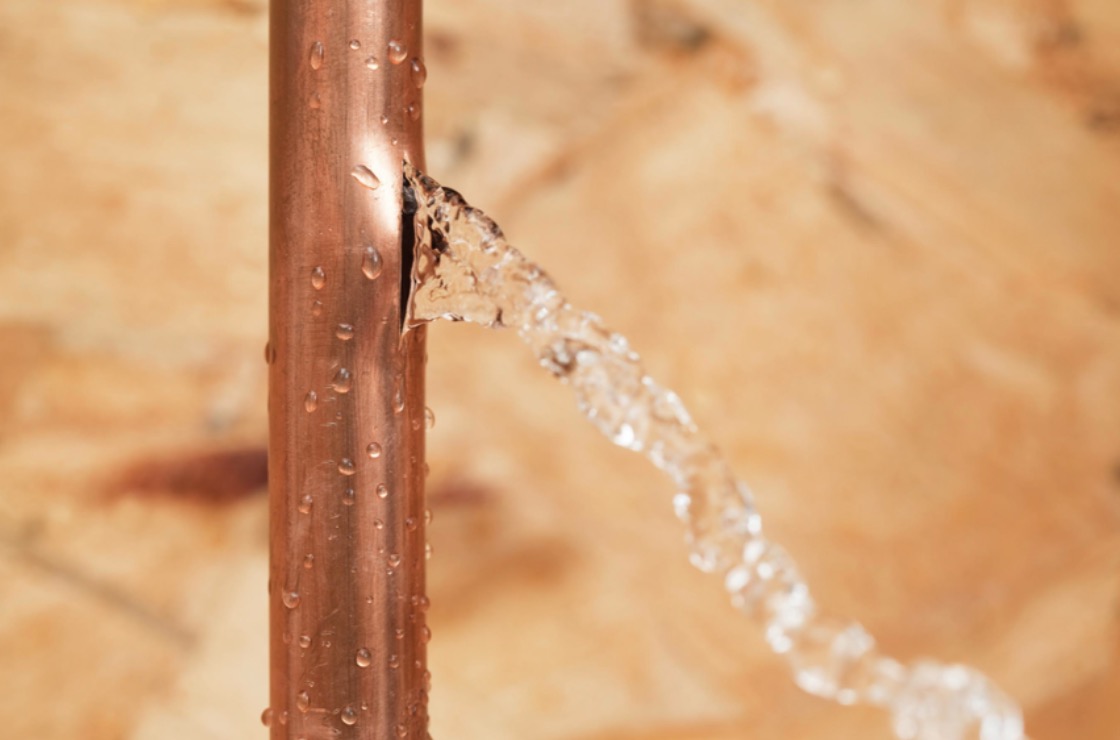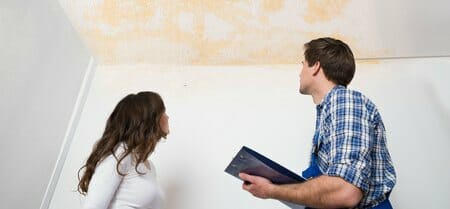Spot Common Triggers for Water Leakage in Your House
Spot Common Triggers for Water Leakage in Your House
Blog Article
The author is making a number of great pointers on How to Find Water Leaks overall in the content followed below.

Leakages not just cause waste of water however can also create unnecessary damage to your home and also promote undesirable natural development. By understanding and also looking for everyday scenarios that create leakages, you can secure your home from future leakages and also unneeded damages.
Immediate temperature adjustments.
Extreme temperature modifications in our pipelines can create them to expand and contract unexpectedly. This growth as well as contraction might cause cracks in the pipelines, especially if the temperature level are listed below freezing.
Corroded water systems
This may be the reason of discoloration or warping on your water pipelines. If our plumbing system is old, take into consideration replacing the pipes given that they are at a higher danger of deterioration than the newer models.
Malfunctioning Pipe Joints
Pipe joints can deteriorate over time, resulting in water leakages. If you have loud pipes that make ticking or banging sounds, especially when the warm water is transformed on, your pipeline joints are possibly under a great deal of pressure.
Encroaching origins
Most water leakages begin outside the house rather than inside it. If you observe a sudden decline in water stress, claim in your faucet, require time to go out as well as analyze your yard. You may notice wet patches or sinkholes in your lawn, and that might suggest that tree roots are attacking water lines triggering water to leak out. You can have your plumber look for intrusion, particularly if you have trees or shrubs near your property.
Poor Water Connectors
At times, a leakage can be caused by loosened tubes and pipelines that provide your home appliances. In situation of a water connections leakage, you might observe water running straight from the supply line or puddles around your home appliances.
Blocked Drains
Blocked drains might be annoying and inconveniencing, but they can in some cases wind up causing an overflow leading to burst pipelines. Keep getting rid of any kind of products that may go down your drains pipes that can obstruct them to avoid such troubles.
All the above are causes of leakages however not all water leakages result from plumbing leakages; some leaks could originate from roof leaks. All leakages must be fixed right away to avoid water damages.
Leaks not just cause waste of water however can also create unnecessary damages to your residence and also advertise unwanted natural development. By looking as well as comprehending for day-to-day scenarios that cause leaks, you can shield your house from future leaks and unneeded damages. Today, we will certainly look at six leak triggers that may be triggering your pipelines to trickle.
At times, a leakage can be created by loose hose pipes and also pipelines that supply your appliances. In case of a water connections leak, you might see water running directly from the supply line or puddles around your appliances.
How To Check For Water Leak In Your Home
How To Check for Leaks
The average household's leaks can account for nearly 10,000 gallons of water wasted every year and ten percent of homes have leaks that waste 90 gallons or more per day. Common types of leaks found in the home are worn toilet flappers, dripping faucets, and other leaking valves. These types of leaks are often easy to fix, requiring only a few tools and hardware that can pay for themselves in water savings. Fixing easily corrected household water leaks can save homeowners about 10 percent on their water bills.
To check for leaks in your home, you first need to determine whether you're wasting water and then identify the source of the leak. Here are some tips for finding leaks:
Take a look at your water usage during a colder month, such as January or February. If a family of four exceeds 12,000 gallons per month, there are serious leaks.
Check your water meter before and after a two-hour period when no water is being used. If the meter changes at all, you probably have a leak.
Identify toilet leaks by placing a drop of food coloring in the toilet tank. If any color shows up in the bowl after 10 minutes, you have a leak. (Be sure to flush immediately after the experiment to avoid staining the tank.)
Examine faucet gaskets and pipe fittings for any water on the outside of the pipe to check for surface leaks.
Undetected water leaks can happen without the home or business owner even realizing. If you suspect a water leak, but not able to find the source. It is time to contact a professional water leak detection service, The Leak Doctor.
How To Find a Water Leak In Your Home
https://www.leakdoctor.com/blog/How-To-Check-For-Water-Leak-In-Your-Home_AE197.html

We hope you enjoyed our section on How to detect water leaks in your home. Thanks a lot for taking time to read through our short article. Liked our posting? Please share it. Help other people find it. Thank you so much for taking the time to read it.
Expert hands available. Report this page